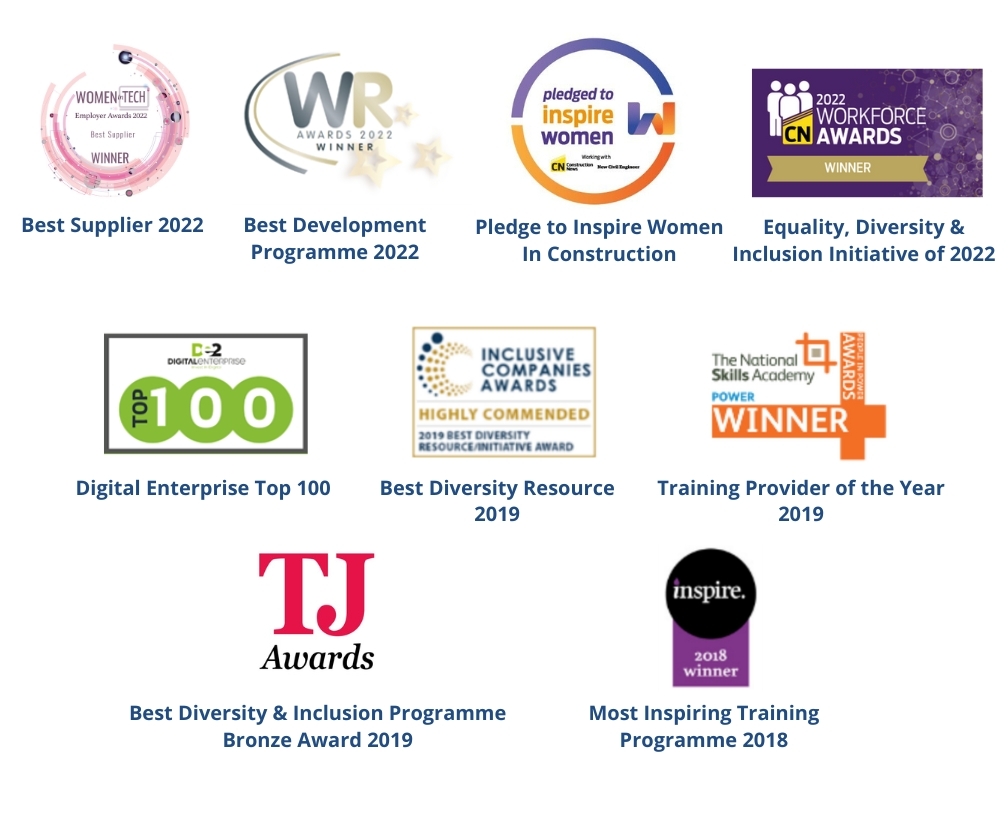However, some companies can struggle when it comes to retaining a diverse workforce. This in part could be caused by unconscious bias or a company’s culture.
It’s also no secret that many board rooms lack diversity whether it be gender, BAME or LGBT+ individuals. One initiative organisations are using to help break down barriers is Reverse Mentoring.
The concept, first made popular in the 1990s as a way to close the skills gap and introduce new technology to senior managers, uses a basic mentor partnership but reversed. For example, a younger employee would ‘mentor’ an older, more senior employee. The senior employee, usually management, can then take on board the ideas and have the power to support implementation within the business.
Although initially used to bridge the age gap, reverse mentoring is now more commonly used to partner up senior members of staff with employees from different diverse backgrounds including women, BAME, LGBTQ+ and disabled employees.

Equality, diversity and inclusion is becoming increasingly important to the culture of a company and how it operates. Many organisations are striving to break down barriers, promote inclusivity and look at ways to retain existing employees. Reverse mentoring can help in all these areas.
Some may choose a formal structure with specific goals to target, others find the partnerships can happen more organically and still have a positive impact on a culture transformation.
The initiative can help point out the day to day obstacles some employees face, these obstacles may have been previously overlooked or not considered important enough by senior management to force a change but could be the reason highly skilled staff are leaving your workforce.
Lucy Milson a Human Factors Graduate (Mentor) and Heather Clarke an Engineering Senior Leader (Mentee) have been part of an informal reverse mentoring scheme since 2016, making the process formal in 2018 after their organisation launched the scheme to staff.
Initially whilst Lucy was on her placement year a mutual relationship of growth, trust and support developed naturally between her and Heather. When Lucy then returned to the company as a graduate it felt natural to continue the mentoring process with Heather as the mentor.
It quickly became apparent that Lucy had great skills from her experience and degree that would help Heather in the delivery of her role, that’s when they agreed to morph the mentoring relationship into a ‘reverse mentoring’ one.
It was in 2018 that their organisation launched the challenge to all lead team members to find a reverse mentor that their relationship became formal.
“It was really nice to be ahead of the game and be able to confirm the benefits when this was raised” mentions Heather.”

The relationship has morphed through different mentor/mentee roles as both of their needs have changed. With the mutual respect and trust, they have been able to challenge each other and get to see the business from a different point of view. They each get to learn new things and hold each other to account when progress has not been made. A great reflective exercise on their development.
As well as the sharing of upskilling activities the organisation gets to hear the voice of a younger, learning member of staff, creating more rounded employees with soft skills development at earlier stages of their careers.
“It provides individuals with the opportunity to explore other areas and share their own expertise. The discussion provides an avenue for curiosity and an opportunity for both individuals to share their interests, goals and achievements as well as encourage, inspire and motivate one another.” Lucy says.
Both would recommend the scheme to other organisations, Heather says “It can feel very strange at first, with trust and confidentiality comes the opportunity to view the world through a different, but complimentary lens.”
Although Heather has now left the company they have continued with the relationship, a testament to how beneficial this sort of practice can be.
Does your organisation need a reverse mentoring scheme?
If your organisation is working towards creating a more diverse and inclusive workplace and upskilling employees continually throughout their careers then reverse mentoring could be a great way to working towards these goals.
Achieving and retaining a diverse workforce is something that needs continual work. To be able move the dial on organisational barriers the whole company needs to get onboard, it cannot be easily achieved from the top down but rather from everyone working together.
Skills 4 are one of the UK’s leading providers of diversity and inclusion training and consultancy. Over the last twelve years, we have been working successfully with over 100 global organisations to improve the attraction, retention and progression of a diverse and sustainable workforce.
We deliver career development and leadership programmes for women, unconscious bias training and testing, inclusive leadership and management training, on-line courses for people returning from maternity and bespoke diversity and inclusion services.
Photo by Medienstrümer on Unsplash
What is and isn’t ageism in the workplace?
